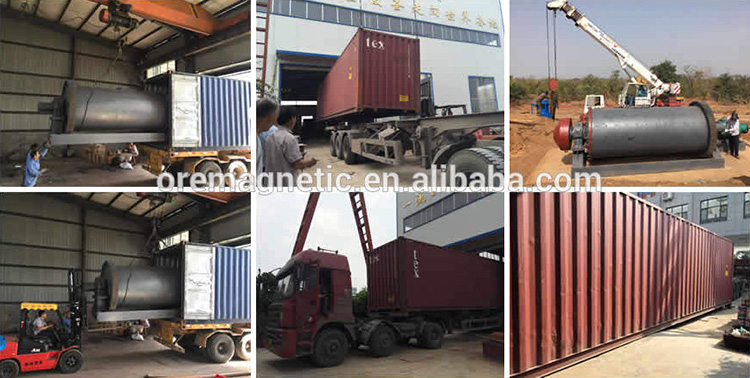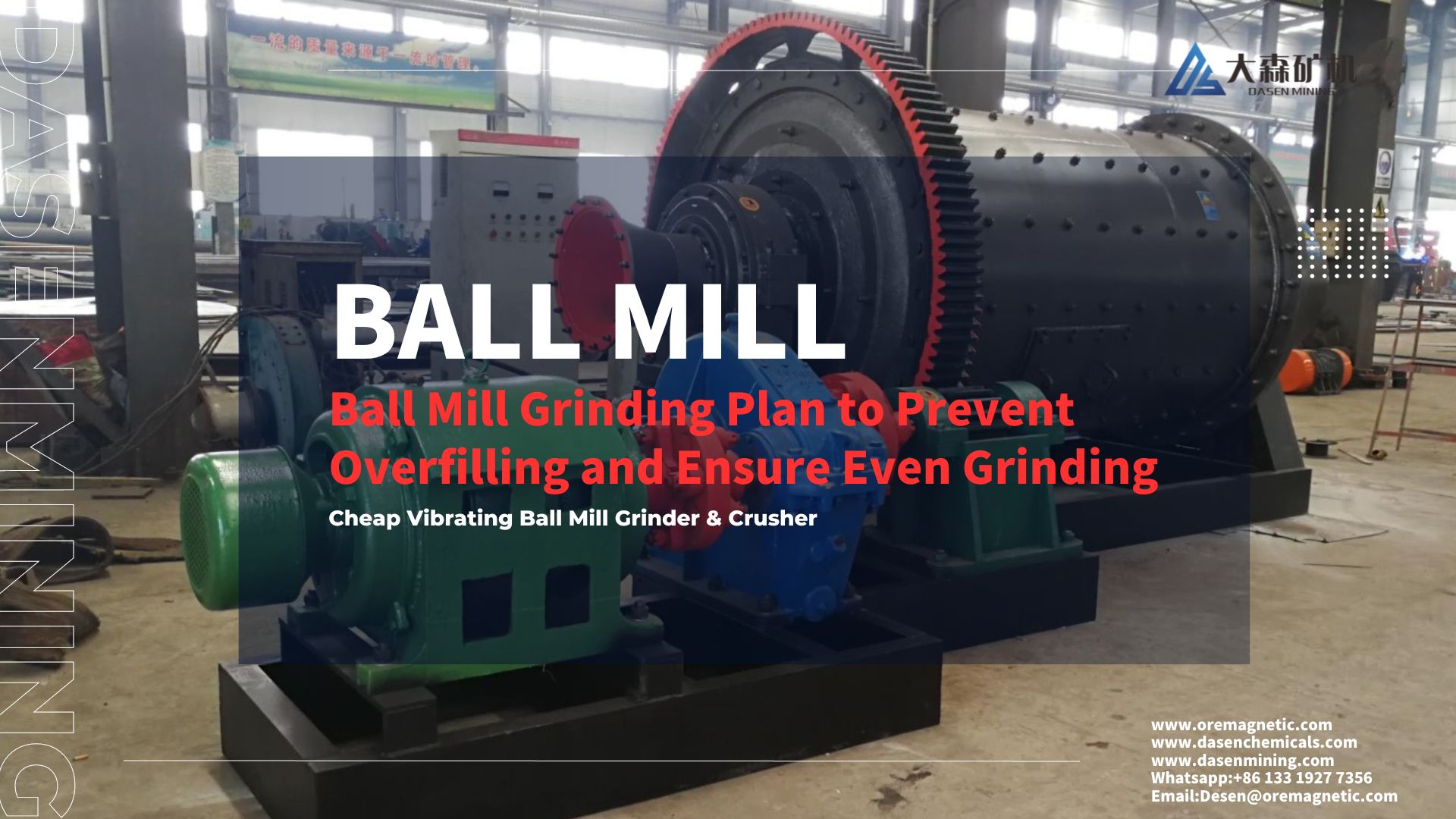How to optimize ball mill operation by avoiding overfilling?
Ball mills are key equipment in mineral processing, affecting the overall output and product quality of the entire production line directly. Nevertheless, overfilling the ball mill can have serious consequences, such as reduced grinding efficiency, increased wear, and increased safety hazards.
Hazards of overfilling the ball mill:
Reduction in grinding efficiency: Too much material will impede the movement trajectory of the grinding beads, decrease the frequency of collisions and reduce the effective action area between the grinding beads and the materials, resulting in reduced grinding efficiency and increased unit energy consumption.
In addition to increasing the pressure and impact within the mill, overfilled materials also shorten the service life of mill linings, grinding media, bearings, and other components.
Overfilled materials may cause the ball mill to overload, resulting in safety accidents such as motor overheating, bearing damage, and even explosion, resulting in injuries and property damage.
Overfilling of ball mills can be prevented and controlled by the following strategies.
It is necessary to formulate a scientific and effective grinding plan and strictly adhere to relevant operating procedures to avoid the hazards caused by overfilling ball mills. Here are some effective preventive measures:
1. Develop a reasonable grinding plan:
Feed rate control: Monitor and control the feed rate to maintain a stable mill discharge density. Feed rate controllers or feedback control systems can be used to automatically adjust the feed rate based on mill parameters.
Mill speed optimization: Determine the optimal mill speed based on material characteristics and required product fineness. Avoid sudden changes in mill speed and monitor mill power consumption to detect potential problems in time.
Grinding media management: Select the appropriate grinding media size and shape and maintain the appropriate grinding media filling amount. Regularly check and replace worn grinding media.
2. Ensure uniform grinding:
Control the particle size distribution of mill discharge by using classifiers or separators, and return coarse particles to the mill for further grinding.
Closed-loop grinding can improve grinding efficiency and product quality.
Distribute the grinding energy evenly throughout the mill volume using a grinding media cascade system.
3. Regular maintenance and operator training:
Perform regular maintenance and overhaul of the ball mill and its components, and replace worn parts promptly.
Train operators to understand the grinding principles and operating procedures, and master the techniques to prevent overfilling and uniform grinding.
Establish a sound process control and monitoring system to monitor the mill operation status in real-time, and promptly detect and eliminate faults.
4. Other considerations:
Match the ball mill model and specifications to the production capacity.
Make sure the material is not overwet or overdried by paying attention to its moisture content.
Maintain a regular check on the mill’s feed port, discharge port, and discharge pipe.
Through the above measures, the ball mill can be prevented from being overfilled, grinding efficiency can be improved, energy consumption can be reduced, service life can be extended, and the process can be made safe.
Whatsapp:+86 133 1927 7356
Email:[email protected]


